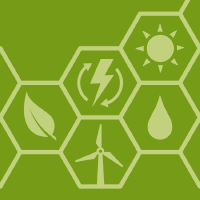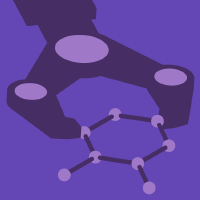Topic Menu
► Topic MenuTopic Editors

Synthesis and Applications of Nanostructured Materials and Selected Papers from Nano 2022
Topic Information
Dear Colleagues,
This Special Issue is based on the 16th conference Nano Conference “Nano 2022”, organized under the auspices of the International Committee on Nanostructured Materials (ICNM). The conference will be held in Seville, Spain, from 6 to 10 June 2022 (https://nano2022.org.es/).
The broad themes that will be addressed during the conference include the synthesis, modification, characterization, and fabrication of devices based on nanostructured materials. Topics are related to the different symposia and include: thin films and 2D materials, scalable manufacturing, defects and doping of nanomaterials, sensors and biosensors, flexible electronics, nanomaterials for energy storage and conversion, resistive switching, optical and electronic nanodevices, nanostructured magnetic materials, green-nanomaterials, and carbon nanomaterials. Participants of the conference are cordially invited to contribute original research papers to this thematic issue.
Dr. Belén Sotillo
Dr. Carlos Díaz-Guerra
Topic Editors
Keywords
- 2D materials
- magnetic nanomaterials
- sensors
- nanomaterials for energy
- resistive switching
- nanoscale characterization methods
- nanomaterials growth
- doping and processing
- nanomaterials for electronics and optoelectronics
- carbon-based nanomaterials
- green nanomaterials
Participating Journals
| Journal Name | Impact Factor | CiteScore | Launched Year | First Decision (median) | APC |
|---|---|---|---|---|---|

Nanoenergy Advances
|
- | - | 2021 | 31 Days | CHF 1000 |

Nanomanufacturing
|
- | - | 2021 | 23 Days | CHF 1000 |

Nanomaterials
|
5.3 | 7.4 | 2010 | 13.6 Days | CHF 2900 |

MDPI Topics is cooperating with Preprints.org and has built a direct connection between MDPI journals and Preprints.org. Authors are encouraged to enjoy the benefits by posting a preprint at Preprints.org prior to publication:
- Immediately share your ideas ahead of publication and establish your research priority;
- Protect your idea from being stolen with this time-stamped preprint article;
- Enhance the exposure and impact of your research;
- Receive feedback from your peers in advance;
- Have it indexed in Web of Science (Preprint Citation Index), Google Scholar, Crossref, SHARE, PrePubMed, Scilit and Europe PMC.

